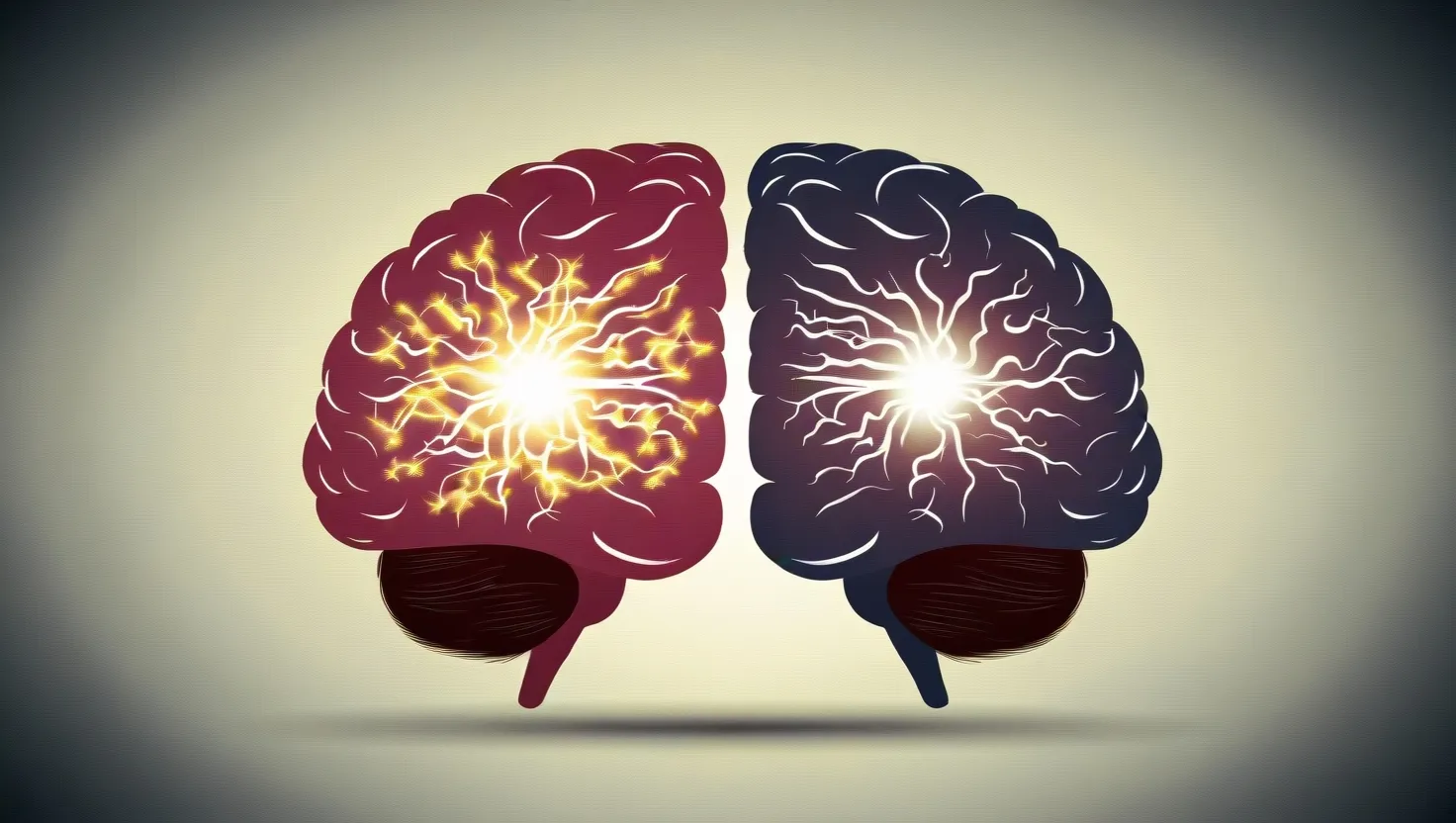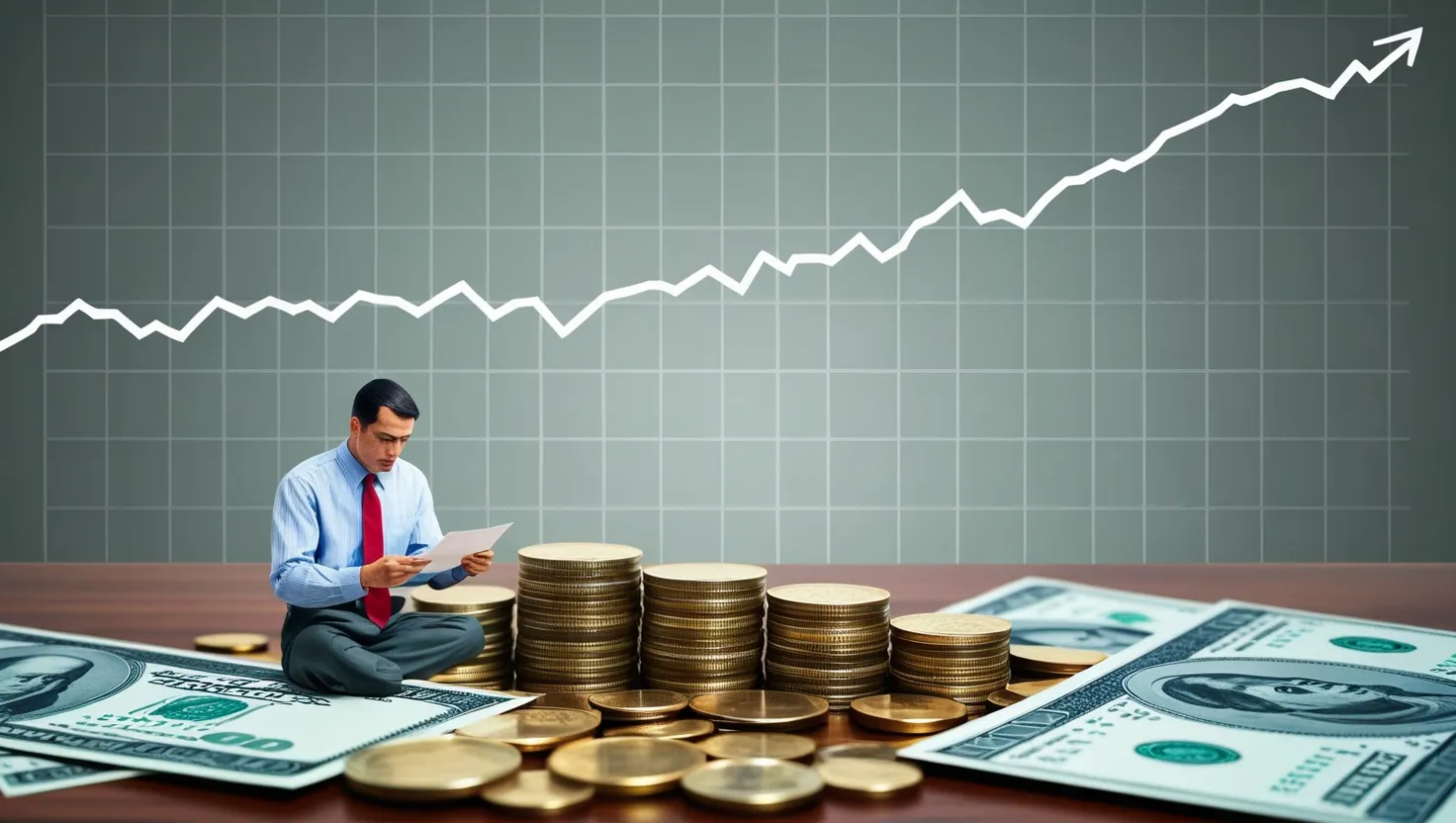When we think about decision-making, we often assume it’s a straightforward, rational process. However, as Daniel Kahneman so eloquently explains in his seminal work, “Thinking, Fast and Slow,” our minds are far more complex and influenced by a myriad of factors. Here are some key insights from his book that can significantly impact how we make decisions in our daily lives.
The Dual Nature of Our Minds
Imagine you’re driving down a familiar road, the scenery blurring by as you effortlessly steer the car. This is System 1 in action – fast, intuitive, and almost automatic. It’s the system that allows us to perform routine tasks without much conscious effort. On the other hand, when you’re solving a complex math problem or strategizing a business plan, you’re engaging System 2 – slower, more deliberative, and logically driven. Understanding this dichotomy is crucial because it highlights where our intuitions can be trusted and where they might lead us astray.
For instance, when you’re asked what 2+2 equals, the answer comes instantly, courtesy of System 1. However, when faced with a more complex question like 17 multiplied by 24, you need to engage System 2, which requires more mental effort and time. Recognizing which system is at play can help you make more informed decisions by knowing when to trust your instincts and when to slow down and think more critically.
The Anchoring Effect: The Power of Initial Impressions
Have you ever walked into a store and seen a high-priced item next to a slightly less expensive one, only to find the latter seems like a bargain? This is the anchoring effect in action. Our judgments are often influenced by the first piece of information we receive, even if it’s irrelevant or misleading. This phenomenon can affect everything from how much we’re willing to pay for a car to how we estimate complex quantities.
For example, if someone asks you to estimate the orbit of Mars, you might start with the Earth’s orbit (365 days) and adjust upward, even though this initial anchor is not particularly relevant to Mars’ actual orbit. Being aware of this effect can help you question your initial impressions and seek out more diverse information to make more accurate decisions.
The Availability Heuristic: The Bias of Memory
How often do you hear about plane crashes in the news? While they are rare, the vividness of these events can make them seem more common than they actually are. This is the availability heuristic at work – our tendency to judge the likelihood of an event based on how easily examples come to mind. This heuristic can lead to skewed decision-making, as we overestimate the importance of information that is readily available.
For instance, if you’re considering a new business venture, you might be swayed by the success stories of entrepreneurs that come to mind, even though these stories are exceptions rather than the rule. To counter this bias, it’s essential to seek out a broader range of information and not rely solely on what’s easily recalled.
Loss Aversion: The Fear of Loss
Imagine you’re given a choice between two scenarios: one where you have a 50% chance of winning $100 and a 50% chance of losing $100, and another where you’re guaranteed to lose $50. Most people would prefer the second option, even though the expected outcome is the same. This is loss aversion – our tendency to prefer avoiding losses over acquiring gains.
This bias can significantly influence our financial decisions, risk-taking behaviors, and even our personal relationships. Recognizing loss aversion can help you reframe choices in a more balanced light, considering both the potential gains and losses rather than being overly swayed by the fear of loss.
Overconfidence: The Dangers of Hubris
We’ve all met someone who is overly confident in their abilities or knowledge. This overconfidence can lead to poor decision-making, as individuals underestimate risks and overestimate their own capabilities. In the corporate world, this can result in disastrous strategies and failed projects.
For example, a CEO might be so confident in a new product launch that they overlook critical market feedback and ignore potential pitfalls. To avoid this trap, it’s crucial to cultivate intellectual humility – acknowledging the limits of your knowledge and being open to diverse perspectives and feedback.
Applying These Insights
So, how can we apply these behavioral economics insights to improve our decision-making? Here are a few strategies:
- Consciously Slow Down Important Decisions: When faced with critical choices, take the time to engage System 2. This means stepping back, gathering more information, and considering multiple perspectives.
- Question Initial Impressions: Be aware of the anchoring effect and the availability heuristic. Challenge your initial judgments by seeking out diverse information sources.
- Reframe Choices: Consider the potential losses and gains in a balanced manner to avoid the pitfalls of loss aversion.
- Cultivate Intellectual Humility: Recognize the limits of your knowledge and be open to feedback and alternative viewpoints to avoid overconfidence.
By incorporating these strategies into our daily lives, we can reduce the impact of cognitive biases and enhance our critical thinking skills. Whether in personal or professional contexts, understanding how our minds work can lead to more informed, thoughtful, and effective decision-making.
In the end, it’s not about completely eliminating the influence of System 1 or avoiding all biases; it’s about being aware of how our minds operate and using this awareness to make better choices. By doing so, we can navigate the complexities of decision-making with greater clarity and confidence.






